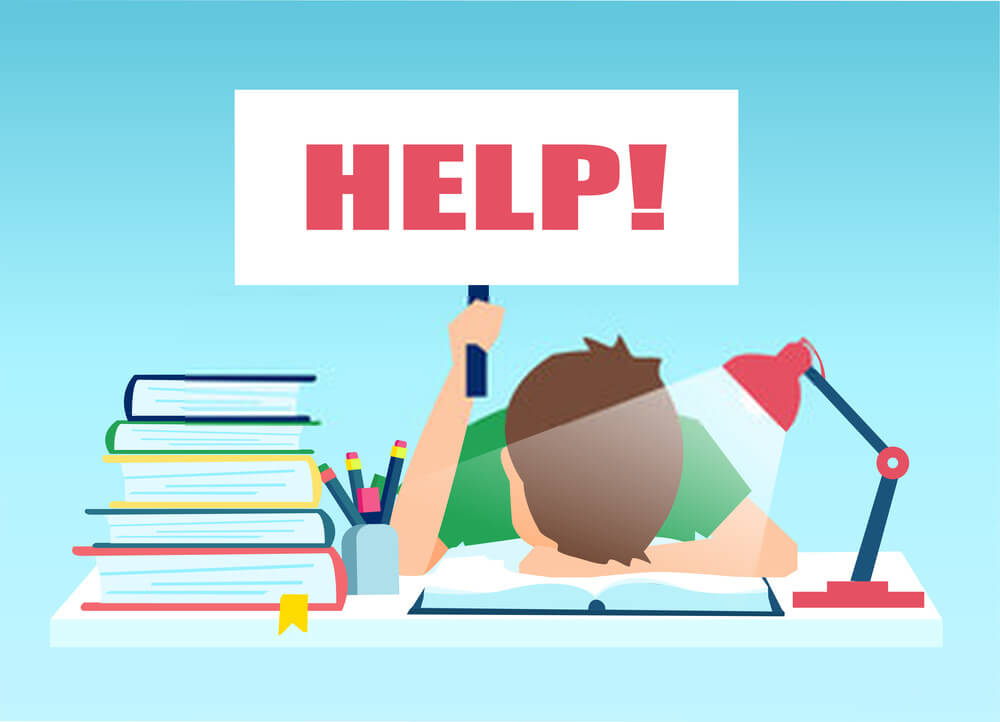Solitary Confinement in New York and its Psychological Effects
Despite only having 5% of the global population, the US has approximately 25% of global prisoners and 1% of all Americans being in jails (Turner & Collins, 2022). Approximately 80,000 individuals in jail are in solitary confinement. Solitary confinement represents correctional practice and law that refer to extreme isolation from the general prison inmates (Coppola, 2019). The deprivation of human contact is accompanied by additional restrictions and control depending on the jurisdiction. Nonetheless, most prisoners of such confinement have limited access to educational, vocational, and recreation activities and spend around 22 hours per day in solitary confinement. Social isolation leads to health menace for the prisoners (Chan et al., 2021). The paper highlights solitary confinement in New York State and argues it is a counterproductive strategy, which worsens the psychological health of the prisoners.

- FAST HOMEWORK HELP
- HELP FROM TOP TUTORS
- ZERO PLAGIARISM
- NO AI USED
- SECURE PAYMENT SYSTEM
- PRIVACY GUARANTEED
The New York Department of Correction and Community Supervision hold 55,000 inmates in various correctional units (Sakoda & Simes, 2021). New York has extensively built and operated a network of isolations cells consistent with the national trend of using solitary confinement in the last three decades. Thousands of individuals are isolated in the NY prison system for weeks, months, and even years. An estimated 4500 inmates in NY are subjected to isolated confinement (Cloud et al., 2020). The major exclusive confinement facilities include Southport (789 beds), Upstate (1040 beds), 8 buildings on the premises of medium-security prisons, each having 200 beds (Turner & Collins, 2022). The New York Civil liberties Union indicates solitary confined prisoners are subjected to 23-hour lockdown. For years, NY has relied on solitary confinement as a punishment tool.
Numerous researches indicate that solitary confinement is counterproductive, citing its consequences on mental health and racial disparities. Sensory deprivation, limited human interaction, and extreme idleness cause suffering and severe psychological damage (Cloud et al., 2020). The isolation fails to address the underlying causes of the challenging behavior. Unfortunately, 40% of all suicides in NY prisons occur in solitary confinement, although only 9% of inmates are in confinement (Sakoda & Simes, 2021). Many of the individuals released directly in the community from NY in isolation receive no education or rehabilitation, increasing the probability of recidivism. Other states that have reduced solitary confinement by 75% observe a decrease in prison violence.
Studies of solitary confinement and its psychological effects began in the 19th century. The constant wide range of psychological effects of solitary confinement includes stress-related reactions (decreased appetite and emotional breakdown.) and sleep disturbance (nightmares and sleeplessness). Other psychological effects include high anxiety, panic, irritability, aggression, paranoia, hypersensitive to stimuli, hallucination, mood swings, violent fantasies, depression, and many others (Johnson et al., 2021, Cloud et al., 2020). Inmates in solitary confinement socially withdraw to adapt to the surroundings devoid of meaningful and regular social interactions. The isolation where daily existence lacks meaningful interactions and closeness with others leads these prisoners to adopt in a asocial manner which is harmful.
The criminal justice system justifies solitary confinement as one that allows the maintenance of basic human needs. The court’s narrow application of the law dictates, “a prisoner retains the essence of human dignity inherent in all persons’ and ‘basic access needs’” (Coppola, 2019). Here, the court assumes the necessity for the inmates as physical needs and ignores social needs. While the court acknowledges that solitary confinement risks the psychological aspects of inmates, it believes the degree of mental effect is insignificant and does not exceed the danger of total abolition of the punishment. Therefore, the criminal justice system disregards the psychological consequences of impoverished confinement. The law and regulation fail to protect the prisoners.

ORDER A CUSTOM ESSAY NOW
HIRE ESSAY TYPERS AND ENJOT EXCELLENT GRADES
In the face of the pandemic, prisons have become the major of community transmission and heightened risk associated with the global crises. While solitary is a public health crisis in ordinary times, the anxiety and ill health caused by Covid-19 exacerbate solitary harm, increasing the risk of psychological deterioration and self-harm (HALT, 2022). A recent study indicated people in solitary are more than seven times more likely to self-harm and six times likely to cause fatal harm after lengthy prison stays with severe mental challenges Chan et al., 2021). The pandemic weakens individuals’ immune systems making them more vulnerable.
Most prisons in the US, particularly in New York, continue to operate above the necessary capacity given they are understaffed in various departments such as the health and Security Department. The overcrowding increases the probability of Covid-19. Consequentially, the isolated inmates cannot attain practical and ethical medical and psychological aid. Additionally, the available correction officers are insufficiently trained to address problematic behaviors and only respond with disciplinary tickets for an alleged rule violation (Johnson et al., 2021). African Americans, which are only 13% of individuals in NY, represent 50% of isolated inmates Chan et al., 2021). Other disadvantaged groups, such as the mentally ill, are disproportionally isolated. Rather than minimize inequality and health challenges, solitary isolation worsens the situation for the offenders and society.
In sum, solitary confinement fails to solve the intended problem and instead worsens the situation. For decades, New York prisons have relied massively on inmate isolation as a punishment tool, although evidence-based data indicates counterproductive consequences. Solitary confinement causes adverse psychological effects such as stress-related reactions, sleep disturbance, anxiety, depression, aggression, paranoia, hypersensitive to stimuli, hallucination, mood swings, violent fantasies, and many others. With the pandemic, the situation has worsened. New York prisons must undertake evidence-based recommendations such as releasing individuals from confinement, minimizing reasons for isolation, and avoiding using the virus to respond to the virus.
References
Turner, I., & Collins, N. (2022). A Call To Reform Federal Solitary Confinement. Texas Public Policy Foundation.
Chan, J., Burke, K., Bedard, R., Grigg, J., Winters, J., Vessell, C., … & MacDonald, R. (2021). COVID-19 in the New York City Jail System: Epidemiology and Health Care Response, March–April 2020. Public Health Reports, 136(3), 375-383.
Sakoda, R. T., & Simes, J. T. (2021). Solitary confinement and the US prison boom. Criminal Justice Policy Review, 32(1), 66-102.
Johnson, L., Gutridge, K., Parkes, J., Roy, A., & Plugge, E. (2021). Scoping review of mental health in prisons through the COVID-19 pandemic. BMJ Open, 11(5), e046547.
Cloud, D. H., Ahalt, C., Augustine, D., Sears, D., & Williams, B. (2020). Medical isolation and solitary confinement: balancing health and humanity in US jails and prisons during COVID-19. Journal of General Internal Medicine, 35(9), 2738-2742.
HALT SOLITARY. (2022). Covid-19 And Solitary Confinement In New York State: Solitary Confinement Is Not Medical Isolation & Quarantine. Retrieved 12 March 2022, from.
Coppola, F. (2019). The brain in solitude: an (other) eighth amendment challenge to solitary confinement. Journal of Law and the Biosciences, 6(1), 184-225.

